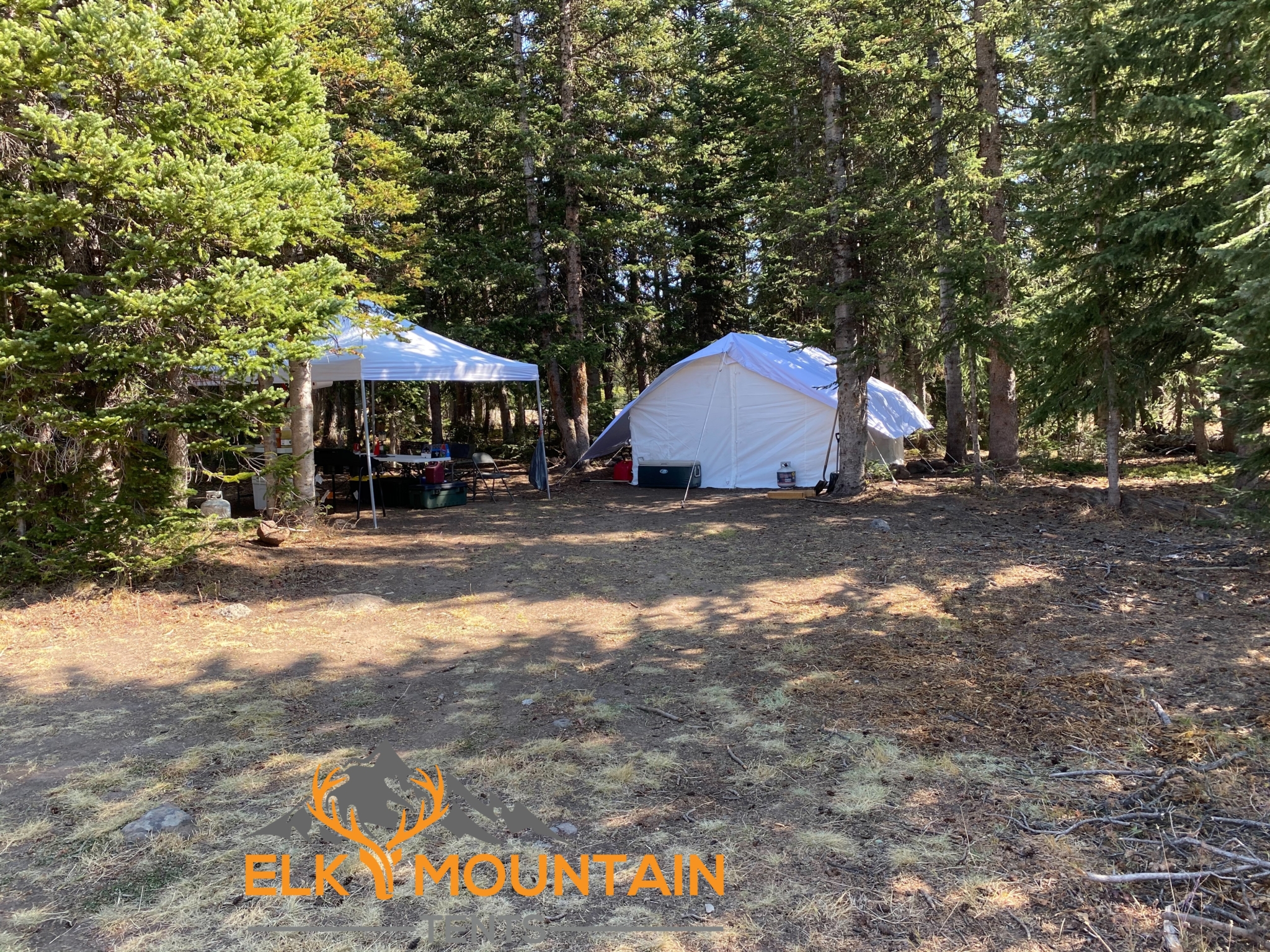 The Best Tent Material
The Best Tent Material
With the hundreds of different tents available on the market and the variety of materials they are made of, it is difficult to determine which one to buy. The most common and popular materials for tents to made of are cotton, polyester, nylon, or a mixture of these. All of these can be excellent and make for some high-quality tents, but which is better? Ultimately, the answer to that question depends on what you are looking for.
Polyester
Let’s start with polyester. Polyester is the most diverse. What I mean by that is that saying something is made of polyster can mean that it is the best or the worst or the lightest or the heaviest. That may sound contradictory but it’s really all about how the polyester material is constructed. For example, a t-shirt and a canvas tent can both be made from 100% cotton. Same idea. So, polyester can be ultra thin and feel like plastic or it can be made of microfibers woven together into a heavy duty masterpiece.
Whatever the thickness or style of manufacturing, polyester is usually a little bit lighter. This means that even if you go with the ultra heavy duty option, it will still be 10-20% lighter for the same amount of strength as a cotton canvas.
As well as being lighter, polyester is also incapable of absorbing waters meaning that it will dry much faster than other options. It is also a lot easier to maintain than most cotton, as it doesn’t require any rain, sun, or mold treatments.
A long time ago, before certain advances in polyester canvas manufacturing, polyester used to have an issue with breathability leading to condensation. However, if you are getting a polyester canvas tent made after around 2005, this point is now obsolete since polyester can now have the same insulatory and breathability properties as cotton canvas. If you are looking for the most sturdy and low maintenance material, this is your pick.

Cotton Tents
Cotton tents (often referred to as cotton canvas tents) have their advantages and disadvantages. It has stood the test of time, as many of the oldest tents were made from cotton, and it is still quite popular today. As mentioned above, polyester canvas is replacing cotton canvas because it is superior in most ways, but it still has some appeal. It insulates and breathes comparable to modern polyester canvas, something that nylon does not do. For this reason, it also does a good job keeping extreme heat or extreme cold from getting inside the tent. Unfortunately, it can absorb water, which means it can get extra heavy when wet, and being a natural fiber, it may suffer from more rot or mildrew issues than nylon or polyester. Perhaps the biggest draw of cotton tents is that people like the natural look and enjoy the natural smell. This is great until your tent smells like mildew… You can avoid this through proper treatments but they are expensive. Cotton canvas tents require a waterproofing treatment that should be applied annually. They also need to be treated for UV protection. Oh, and don’t forget the mold treatments!
Cotton also requires weathering. This means that you need to leave it out in the rain to allow the material to expand and fill itself in before shrinking as it dries. The idea here is that the gaps between the fibers will narrow to increase its water-resistance. It wouldn’t hurt to do this a few times to make sure all the fibers have nestled into each other sufficiently. Some larger frame cotton tents are treated heavily with Poly Vinyl Chloride (PVC) to make them more water-resistant as well as a lot tougher, but they also have added weight and can be more at risk of condensation. These treated tents are usually not as breathable as typical cotton tents. In that regard, there is also more that you must do to maintain the material, such as allowing it to dry after it has absorbed water. Failing to do that can cause the tent to start accumulating mildew. Because cotton is so firm it can tear more easily than polyester, and one small tear can quickly evolve into a larger one.
One last note on breathability – the most important aspect to avoiding condensation is making sure you have excellent ventilation. Make sure your tent comes with screened windows but especially that it has screened ridget openings.

Tent Material Blends
While these are the two most common tent materials, there are other options as well. One of these is a blend of polyester and cotton, appropriately called poly-cotton. This material is usually better than cotton canvas in every way but not as good as a high-quality 100% polyester canvas. As a general rule, the more polyester the better. However, this poly-cotton blend is popular with those who insist on the traditional but want some of the added benefits of polyester. It’s also usually cheaper than 100% cotton canvas.
Nylon Tents
Another common material is nylon, which has a lot of similar qualities to polyester. Like polyester, it is man-made. It doesn’t absorb water which allows it to stay light and easy to carry. Nylon material is often found in the cheaper tents, but you will sometimes find a more expensive tent made of nylon, which usually means that it is coated with something to make it a higher quality, usually silicone. Cheaper tents are typically coated with acrylic. Nylon tents are usually made in a fine weave with a “rip-stop” pattern, which allows for thin and lightweight parts of the fabric as well as thicker areas that will prevent a tear from laddering across the material. The fabric does lose shape when it gets wet, so when you pitch your tent, make sure the guy lines are tight to prevent this from happening. The biggest disadvantage of nylon tents is that UV rays will damage the material relatively quickly, and the tent may not last a long time. There are certain coatings you can get to filter the light and increase the tent’s life span a little longer, but you shouldn’t count on being able to use a nylon tent in the long-term.

Elk Mountain Tents
Elk Mountain Tents has a unique material they use for their canvas wall tents. It is 100% polyester and uses the latest in technology to maximize the benefits of the polyester. This material is made to be much more breathable so that you won’t have any problems with condensation building up seen in other nylon and polyester tents. It is made to be lightweight but strong (the 13 x 16 option only weighs 60 lbs.) and it won’t accumulate mold or mildew like traditional canvas will. The fabric is waterproof and has sealed seams, so there is no need for a rainfly though they can still provide added protection It is also made to be much more durable than most canvas, as it will last longer, will not shrink, and is even better at withstanding UV rays. Its tear strength is 40 lbs. (fill direction) and 67 lbs. (warp direction), which is about twice as strong as the popular Sunforger canvas. Its breaking strength is also significantly higher than other types of canvas, with a strength of 449 lbs. (warp) and 382 lbs. (fill), compared to traditional canvas’ strength of 382 lbs. (warp) and 241 lbs. (fill).
There are many great options out there for tent material, all with different upsides and downsides. It is up to you what kind of tent would work best in your situation. Maybe you want something cheap that you can take camping occasionally or maybe you are in the market to invest in something a little more expensive that you can use for years to come. Hopefully, this article has helped you to get an idea of what direction you are looking to go into purchasing a tent.
Sources:
https://www.getoutwiththekids.co.uk/family-tents/
https://www.campingandcaravanningclub.co.uk/helpandadvice/gettingstarted/newtotents/tentfabrics/




